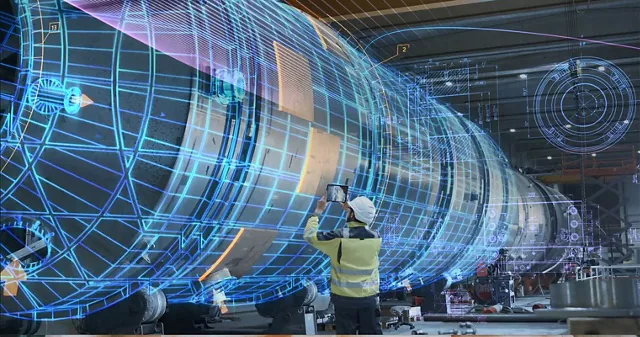Redefining Customer Experience with Emerging Technologies

A great customer experience is the new success benchmark for businesses in the digital era. It's not just about having a great website or an app—you also need to be able to interact with your customers where they are and provide a positive experience across all channels.
The thing is, many companies fail at this because they don't know how to adapt their business model and marketing strategies to fit in with the latest technology. So, how can companies stay ahead of the curve? How can they ensure that they're meeting all of their customers' needs? And how can they ensure that their businesses are staying relevant in a rapidly evolving industry? We’ll discuss all that in this article.
But first, let’s define customer experience.
What is Customer Experience?
The customer experience (CX) is the sum of all interactions with a brand, including brand impressions and interactions. It’s more than just a transaction between a company and its customers: it's about creating an entire experience that meets their needs.
As we move into a digital era, consumers are setting higher expectations than ever before when it comes to customer service. This means that brands must deliver on those expectations in order to win over new customers or retain existing ones.
To keep up with these rapidly changing consumer demands, brands must keep up with the rise of new technologies that are redefining how people interact with brands. These emerging technologies can be used in many different ways — from improving customer service and sales to enhancing customer loyalty — but they all have one thing in common: they're changing the way we think about CX.
Emerging technologies Redefining Customer Experience
- Augmented Reality (AR): What’s most spectacular about AR is that it lets you overlay virtual objects onto real-world environments, which makes it easier for customers to interact with them. For example, if you're selling clothes or cosmetics, AR could allow customers to see how an item would look on them before they buy it (think Snapchat filters). Or if you're selling property, AR could allow potential buyers to see what their home would look like with different furniture arrangements or paint colors before they actually buy it.
- Artificial Intelligence (AI): AI is already being used by big companies like Amazon and Google as customer service assistants (like Apple's Siri). While these may not be perfect yet, they have since improved customer interaction.
- Workflow automation: New technologies have opened up opportunities for businesses to improve their responsiveness while reducing costs by automating tasks like marketing and human resources management. For example, sales automation platforms allow salespeople to focus on higher-value activities such as prospecting rather than scheduling meetings.
- Chatbots: Chatbots are software programs designed to mimic conversations with humans through an instant messenger service like Facebook Messenger or Skype. They allow businesses to interact with customers via text messages rather than phone calls or emails, which saves time and money for both parties involved.
- Voice search: You may have noticed that Google searches are increasingly being conducted using voice instead of typing in keywords or phrases. It’s much quicker and easier to get results if you can just speak out loud what you want — especially when you’re driving or cooking!
Conclusion
Customer experience is a key driver of business success. It is the experience that customers have with a company and its products or services, from initial contact through to purchase, delivery, and ongoing use.
As we move into a digitalized era, it’s become so important that companies invest in technology that redefines how they interact with their customers. And this article has taken a look at five emerging technologies.
Want to start executing a digital transformation for higher ROI? Reach out to us at TopDot.
Industry Insights
Check out insights from Industry leaders about the future of software development.


